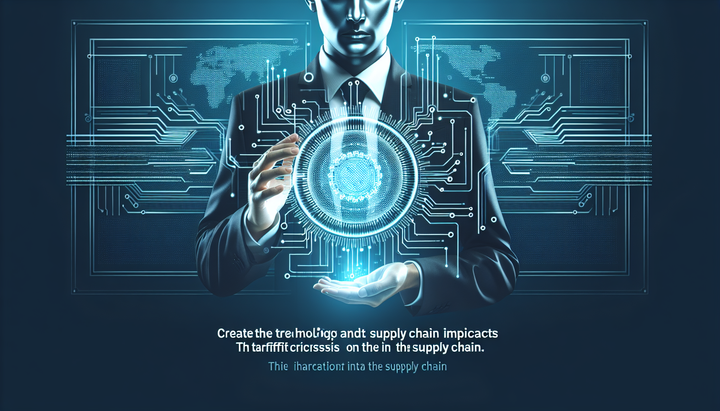Nvidia's AI Chips Set New Benchmarks, Surpassing Moore's Law in Performance Gains

Breaking Free from the Constraints of Moore's Law
Nvidia's CEO, Jensen Huang, has boldly announced that the company's AI chips are advancing beyond the traditional predictions set by Moore's Law, a cornerstone principle that has driven the tech industry for over half a century. This monumental announcement was made at CES in Las Vegas and has sparked a renewed interest in the potential of AI hardware.
The Legacy of Moore's Law and Its Challenges
Originating in 1965 by Intel co-founder Gordon Moore, Moore's Law has long guided expectations that the number of transistors on a chip would double approximately every two years, ensuring continual improvements in performance and cost efficiency. However, as semiconductor fabrication approaches physical limitations, the industry has witnessed a deceleration in these exponential gains.
Nvidia's Comprehensive Innovation Strategy
Contrary to this slowdown, Jensen Huang attributes the rapid advancements in Nvidia’s AI chips to a holistic approach to technological development. By integrating architecture design, chip manufacturing, system assembly, and algorithm development, Nvidia accelerates innovation across the entire spectrum of AI hardware development.
Advancements Beyond Conventional Metrics
Huang's revelation that Nvidia's latest AI chips, particularly the GB200 NVL72 data center superchip, outperform by 30 to 40 times their predecessors, marks a significant deviation from Moore's traditional metrics. These chips not only enhance AI inference speed but are also touted to improve the economic feasibility of mass-scale AI applications.
Future-Proofing AI with Enhanced Test-Time Compute
Furthermore, Nvidia's focus on test-time compute signifies a pivotal shift towards optimizing the 'thinking' phase of AI models. This enhancement enables AI systems to process inference results more quickly and at reduced costs, thus expanding the capabilities and accessibility of AI solutions globally.
Impact on the AI Industry and Market Dynamics
As key tech players such as Google, OpenAI, and Anthropic increasingly integrate Nvidia's AI technologies, the implications of Huang's announcements resonate throughout the AI landscape. Despite concerns over Nvidia's expensive pricing, Huang’s forecast of declining AI model costs driven by their new chips reassures stakeholders of sustained competitive advantage and industry leadership.
Conclusion
Jensen Huang’s assertions at CES not only challenge conventional wisdom but also set the stage for a transformative era in computation where advances are driven not just by transistor counts but by comprehensive, integrated innovation across the full spectrum of AI hardware and software development. As Nvidia continues to blaze trails, the ramifications promise to reshape the future of AI and computing as a whole.



Comments ()